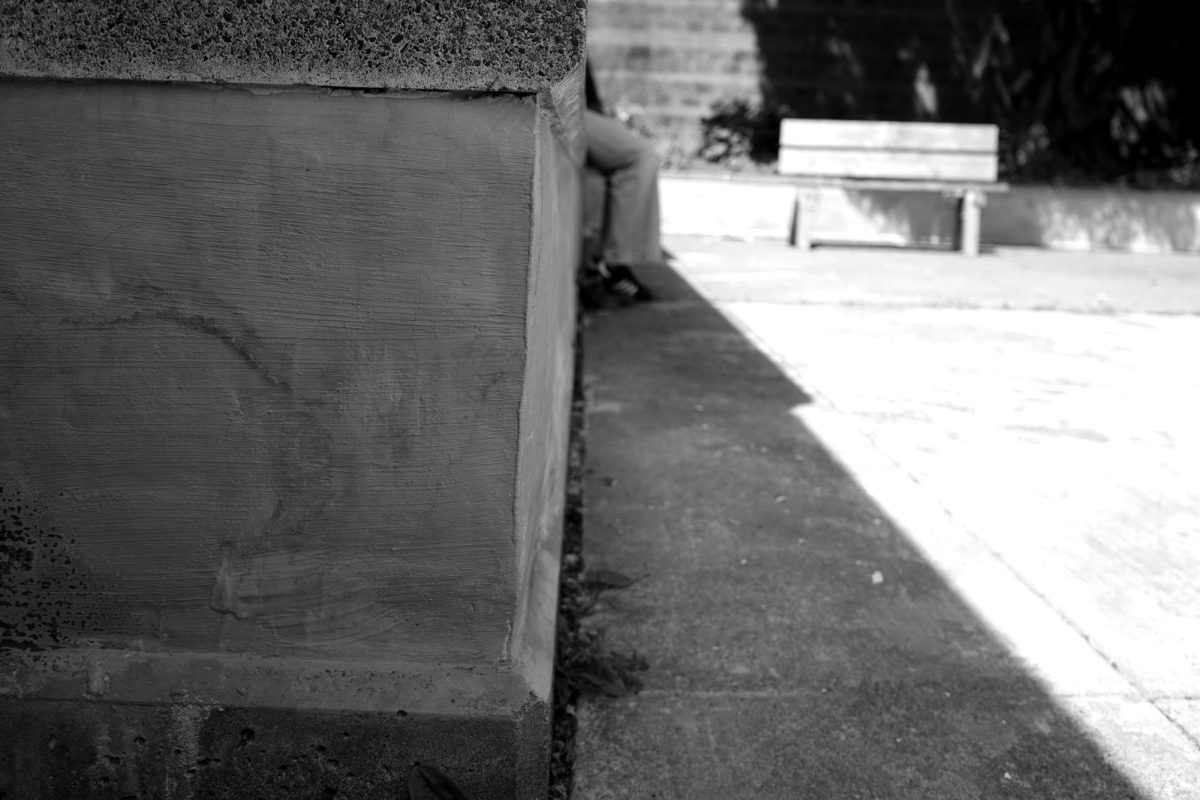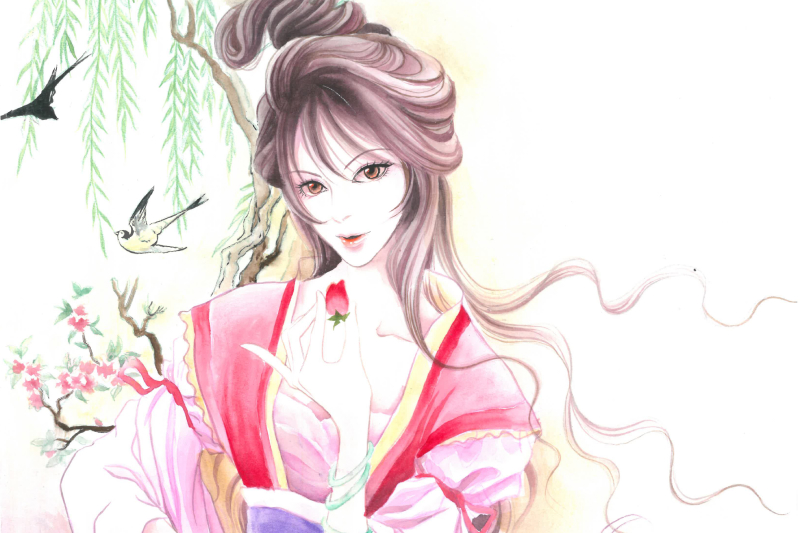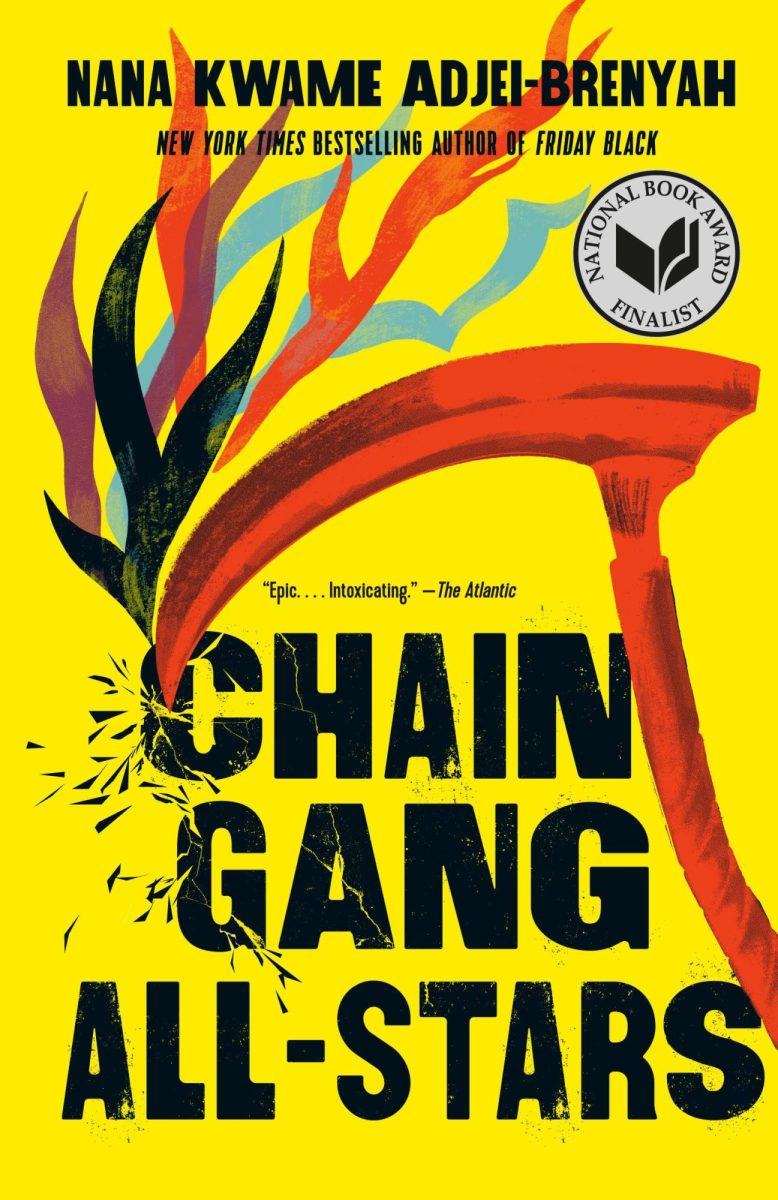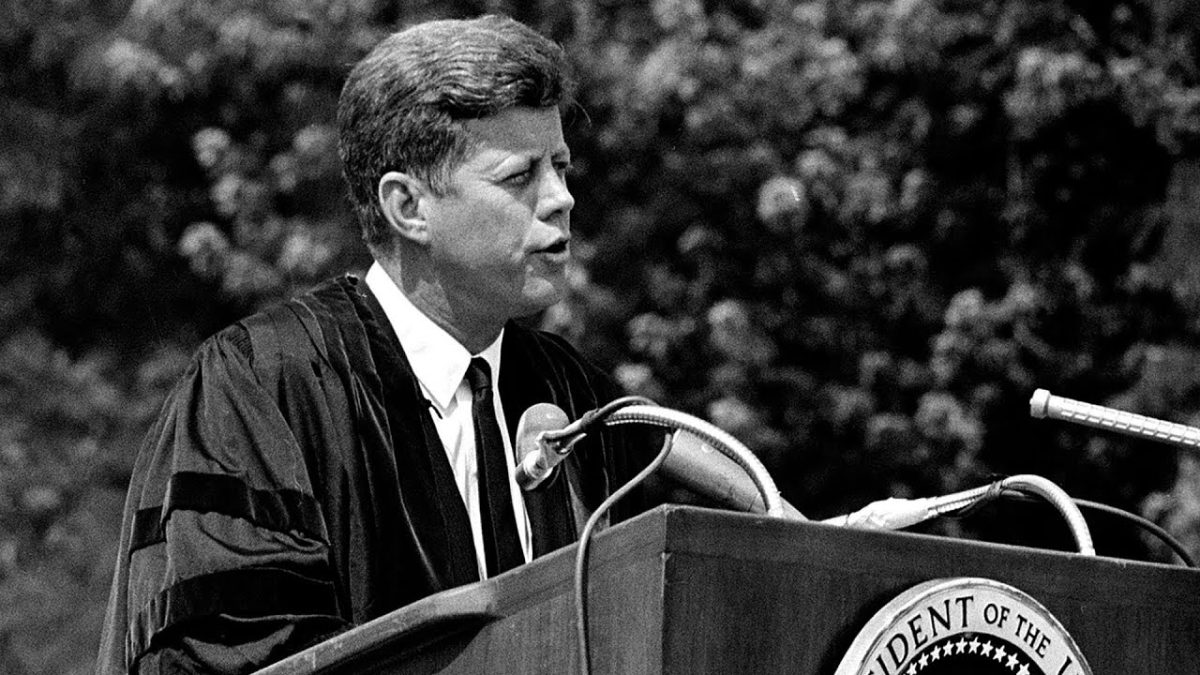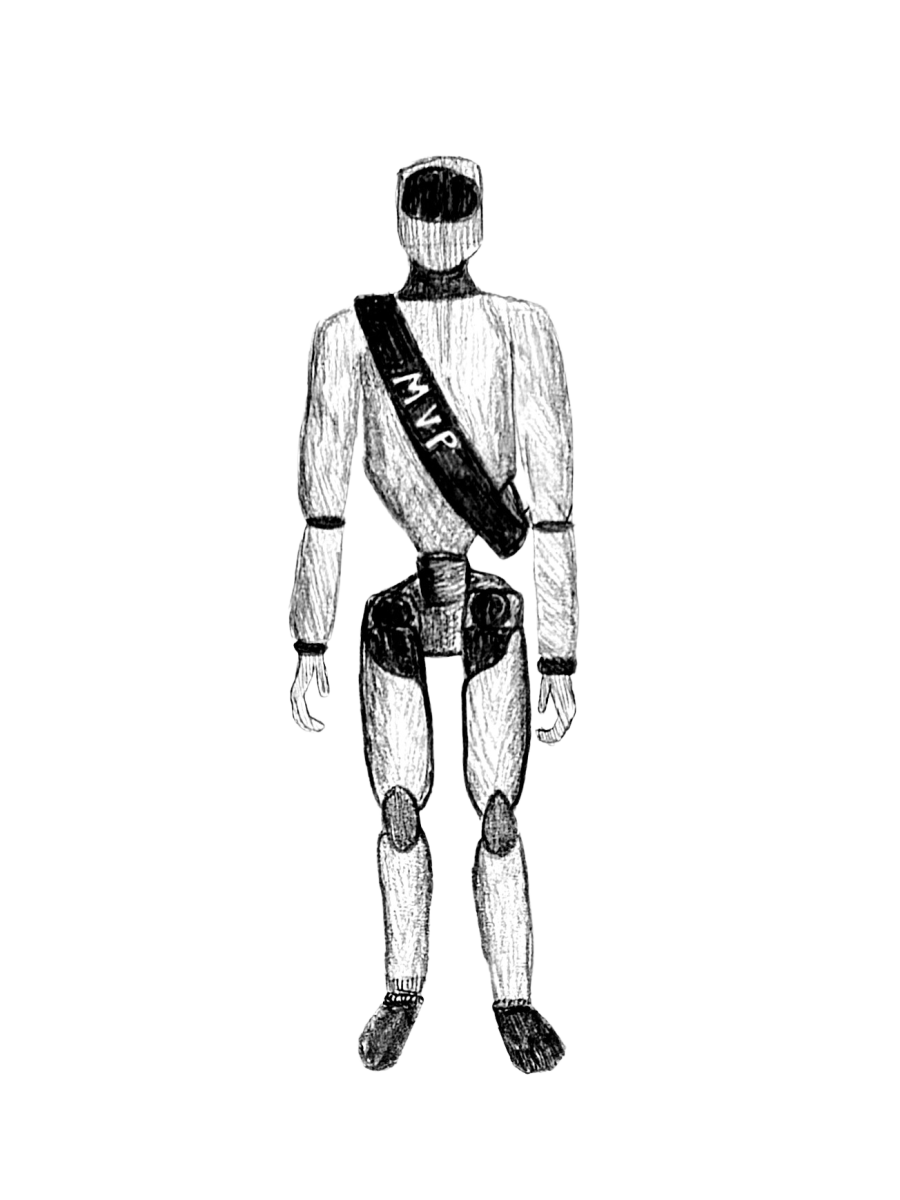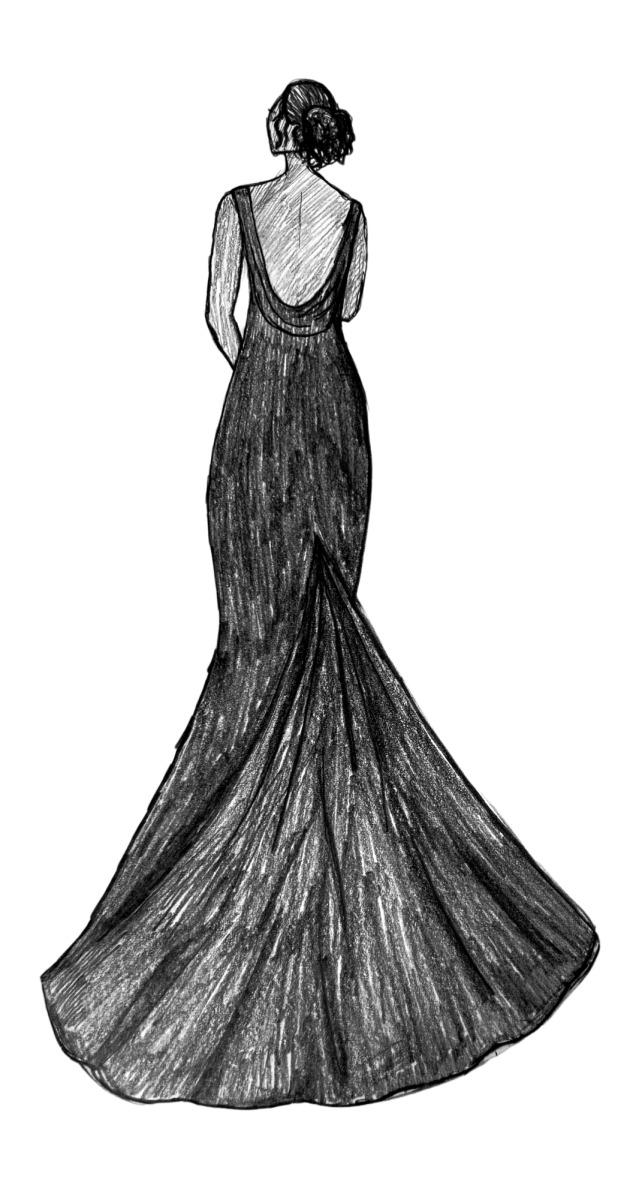Proyecto Saber teams up with Club Union Latina for the project
Megan Biar, Staff Reporter
Originally published November 12, 2013
The students and staff of Proyecto Saber has created a Day of the Dead display including student-made sugar skulls, traditional art and decorations. The display is a tribute to Mexican illustrator Jose Guadalupe Posada, whose work inspired much of the Day of the Dead art.
“It’s been exactly one hundred years since [Posada’s] death. He was the original creator of the traditional day of the dead skeleton art,” assistant Proyecto teacher Deborah Spiegelman said.
The display can be seen in the library, and was made by efforts of Proyecto Saber teamed with Club Union Latina, with support from the PTSA.
“[The display] is something that represents the culture at Ballard and adds diversity to the school,” sophomore April Sandoval Garcia
Day of the Dead, or in spanish, Dia De los Muertos, is celebrated on November first and second. Friends and family of the deceased celebrate by visiting the grave site with decorations and offerings.
“The altars represent all the loved ones that have passed. In Mexico they go to the graveyard with all their favorite food and play their favorite music,” Sandoval Garcia
Much of this culture includes the classic skeleton art and skulls decorated with colorful embellishments.
Using skeletons as a symbol, Posada’s work was satirical and had a political standpoint. The art depicted a time when Mexico was under strict dictatorship and social injustice was common.
Posada created art in a style that has become a lasting symbol of Day of the Dead. He influenced many other artists when his work became widely recognized seven years after his death in 1920 during the Mexican Revolution.
Artists such as French artist Jean Charlot, and Mexican muralist Jose Clemente Orozco credit Posada as being an artistic influence on their own work.
According to a Proyecto Saber handout, “Posada’s intent was to show that in death everyone is equal, despite one’s economic status or position in life, death is the great equalizer that spares no one.”



